Well, my blog has become a cavernous void dotted with my book, board game, and video game reviews. Oh well! 2020 was obviously a horrible year, but it was a great year for books! Here’s what I read while sheltering at home.
Fiction
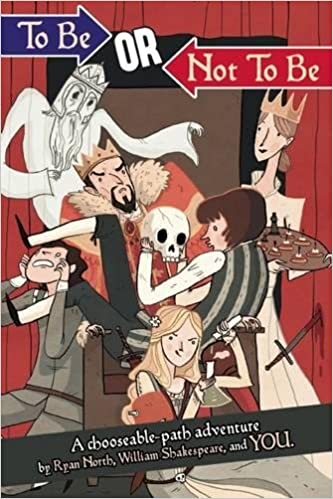 To Be or Not To Be by Ryan North and William Shakespeare
To Be or Not To Be by Ryan North and William Shakespeare
A choose-your-own-adventure book based on Hamlet! Hooray for public domain! It’s an amazing permise, and executed brilliantly. It’s so easy and fun to go waaay off the rails. And, all the various endings are illustrated by well known comic artists. Very fun book!
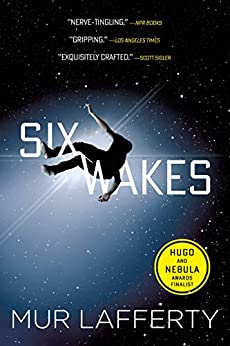 Six Wakes by Mur Lafferty
Six Wakes by Mur Lafferty
A Sci-fi murder mystery…in space! This really drops you in the middle of the action. I really like the world and science in this one. Some of the characters fall a little flat for me, but it’s still a great read. High pace, action packed.
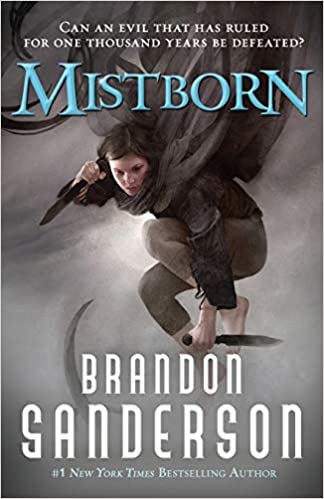 Mistborn Trilogy by Brandon Sanderson
Mistborn Trilogy by Brandon Sanderson
I started reading Mistborn at the insistence of my pre-teen nieces; it’s clear I should listen to their recommendations more often. This is a series of wonderful fantasy novels. There’s a real physics to the magic of the world which is fascinating. There are a few characters who are really well developed, and a few I wish we got to spend some more time with. Great pacing, good surprises, and overall a very fun read. I’ve read the first two books of the trilogy and I’m looking forward to finishing it off in 2021!
Non-fiction
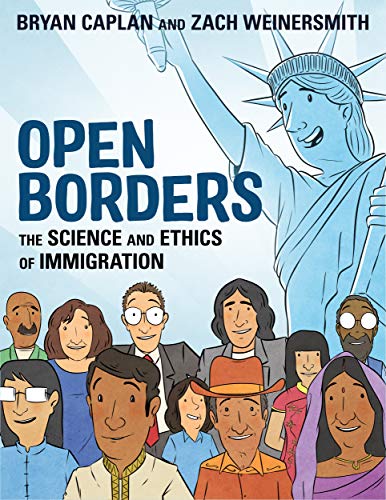 Open Borders: The Science and Ethics of Immigration by Bryan Caplan and Zach Weinersmith
Open Borders: The Science and Ethics of Immigration by Bryan Caplan and Zach Weinersmith
There aren’t too many graphic novels covering complex socio-economic policies, so this stands in a category of its own. I loved reading this. The book is conversational in nature, and tries to dissect various arguments against immigration in the United States as well as those in favor. As one could guess from the title, Caplan generally comes down strongly in favor of more permissive immigration policies. Finally, the illustrations from Weinersmith, the cartoonist behind Saturday Morning Breakfast Cereal, really help make this a delightful, amusing, and informative read.
 Einstein: His Life and Universe by Walter Isaacson
Einstein: His Life and Universe by Walter Isaacson
I’ve read a couple biographies by Isaacson, and he always does a terrific job. He paints a vivid picture; I feel like I’m with Einstein during his breakthroughs and various trials and tribulations throughout his life. Maybe it’s just me, but I can’t help but find it interesting to read about the more blasé parts of historical figures’ lifes; they have many of the same struggles that everyone else does. Isaacson covers the mundane and the breakthroughs with similar enthusiasm. I’m looking forward to reading more of his biographies.
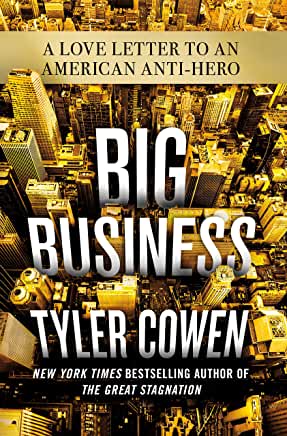 Big Business: A Love Letter to an American Anti-Hero by Tyler Cowen
Big Business: A Love Letter to an American Anti-Hero by Tyler Cowen
Lately, business has taken a hit in the public eye. But, Cowen, an economist from George Mason, asserts that business does much more good that harm and explains his viewpoints. He agrees that there have occasionally been abuses, but on the whole employment, and the goods and services businesses provide, are a net positive for society. I definitely found myself nodding along as I read, and although I consider myself generally pro-business, he gave me a few things to consider along the way. Enjoyable, well-written, and easy to read.
 Golden Gates: Fighting for Housing in America by Conor Dougherty
Golden Gates: Fighting for Housing in America by Conor Dougherty
San Francisco and the surrounding Bay Area is amidst a housing supply crisis. This book details the origins of this crisis and the resulting YIMBY movement. (Full disclosure, I’m a YIMBY Action member.) Dougherty manages to blend captivating human interest stories with government policy history. He also delicately navigates the political minefield of arguments both in favor of, and against rent control. Great book, informative, and well written.
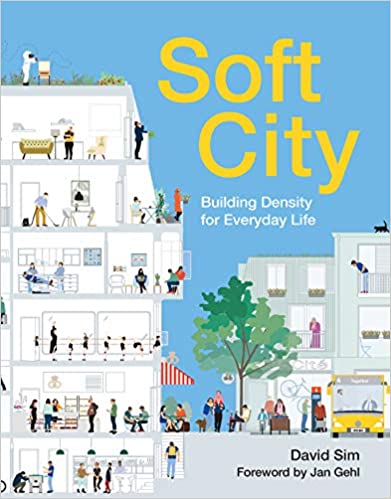 Soft City by David Sim
Soft City by David Sim
Over the last few years, I’ve become increasingly enamored with how to design vibrant, walkable cities that prioritize the needs of pedestrians and cyclists over cars. I think a car-free or car-light lifestyle is not only posssible, it’s preferable, more sustainable, and even healthier. But, I digress! Soft City is about the design of dense buildings, the variety of amenities they can provide, open spaces, and their harmonious interplay to produce vibrant neighborhoods. It’s accompanied by thought-provoking illustrations, and a number of explanatory photographs, usually of Copenhagen. The book is relatively dense, and Euro-centric; I usually have to pause after reading a section to let it settle in. But, overall it has been an informative and interesting read.
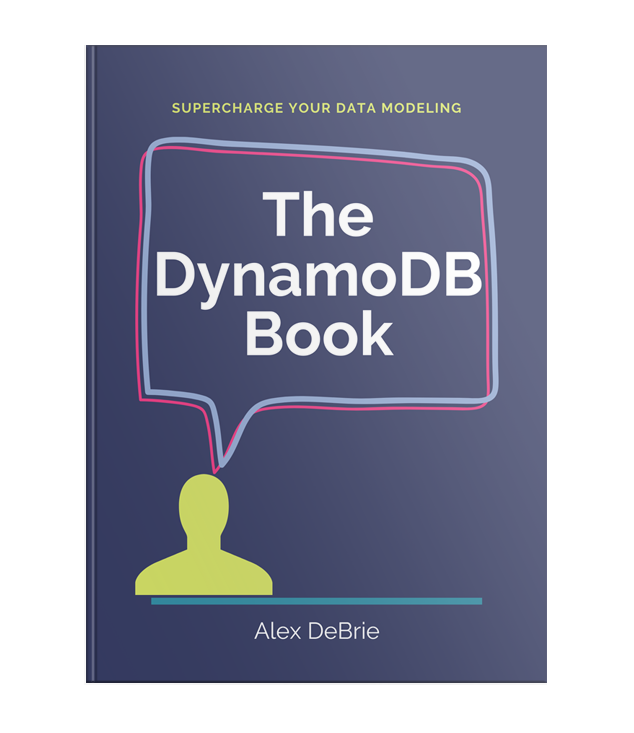 The DynamoDB Book by Alex DeBrie
The DynamoDB Book by Alex DeBrie
We use a lot of Dynamo at work, and although it’s relatively easy to do basic things, some of the data modeling feels foreign because of how different this particular flavor of NoSQL is. The book helpfully explains the fundamentals and the rationale behind a lot of its design decisions (don’t allow anything that won’t scale, etc). The basics are followed with detailed examples of modeling different scenarios. I felt like at times the author was almost a little too fawning of Dynamo and dismissive of alternatives, but it doesn’t take away from the usefulness of this guide.